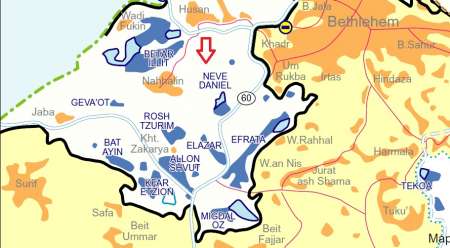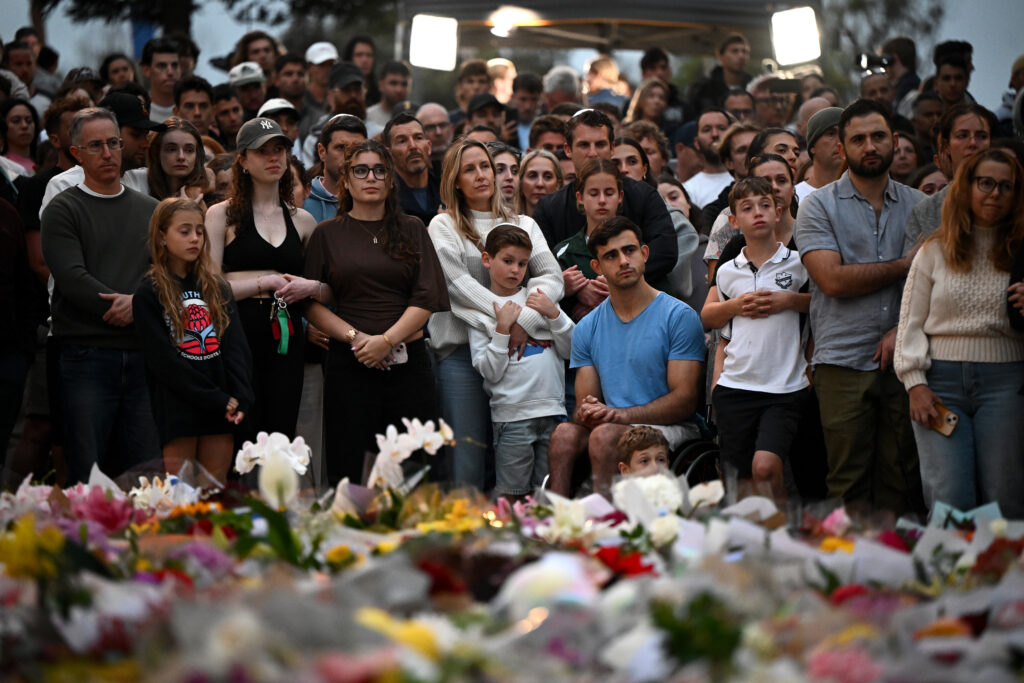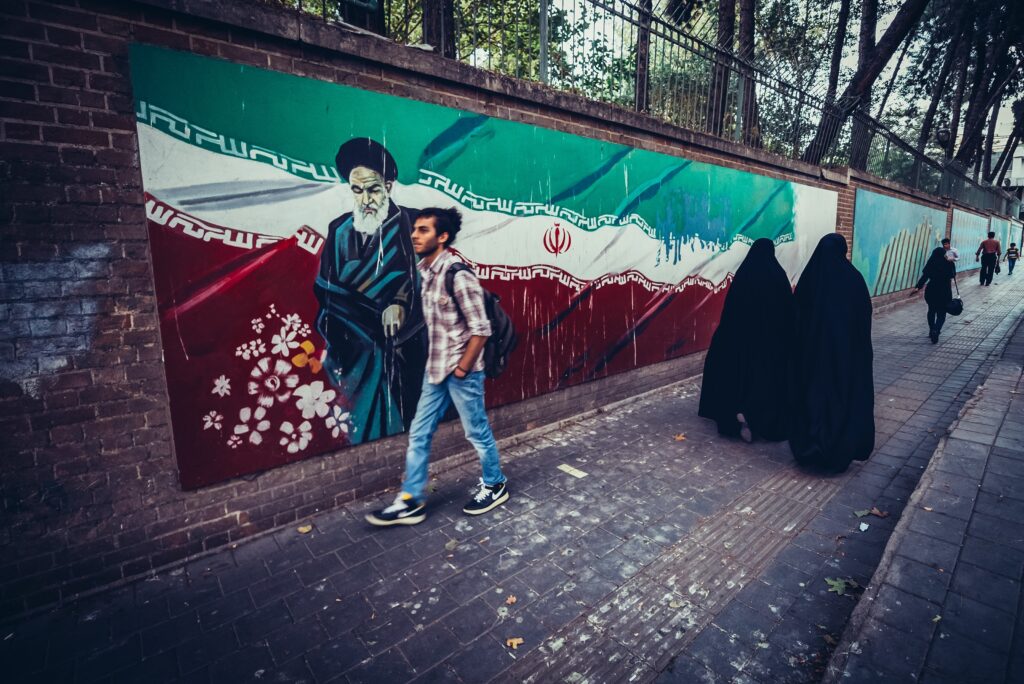UPDATES
What should be understood about Israel’s controversial decision to zone 1000 acres as state land in the Etzion bloc
September 3, 2014 | Tzvi Fleischer

On August 31 Israel made a controversial decision, announcing that it would designate around 988 acres of land in the West Bank Gush Etzion region as “state land”. According to reports, the decision will pave the way for the expansion of a small existing settlement known as Gva’ot into a much larger town.
This has been controversial within Israel, with even Justice Minister Tzipi Livni criticising the move. However, some Australian media coverage of the issue has lacked basic context, and often seemed completely uninterested in providing any – a particularly egregious example being the story on ABC Radio’s “World Today” program yesterday, which featured, as commentators on the decision only an Israeli-left wing activist and an American analyst and activist known for being highly critical of Israeli policies.
What should be clearly understood is that the criticism of this move by Livni and other mainstream Israelis primarily concerns the timing and symbolism likely to be attributed to this move, not its concrete effects. Livni, though a leading Israeli dove, has previously backed expanding Gva’ot and made it clear that her objection was mainly about the timing, saying:
“Now, when we need to mobilize the world to prevent processes against Israel and work together with moderate forces, anything that could deflect attention on to us and cause criticism of us harms those things we are trying to achieve.”
The actual move itself concerns land which is already in a settlement bloc – Gush Etzion – that everyone expects Israel will keep in any peace deal, a point that even Palestinian negotiators have conceded in principle. It therefore does not create any new obstacles which would impede a future peace deal with the Palestinians or alter the geopolitical landscape in any significant way.
It also does not represent any change in existing Israeli policies, in place since 2004 under an agreement with the US, that Israel will not build new settlements or expand the declared boundaries of existing settlements, as all the land at issue is within the boundary of the existing settlement of Alon Shvut.
Israel’s Office of the Coordinator of Government Activities in the Territories said the decision was based on “instructions of the political leadership”, in response to the kidnap and murder of three Jewish Israeli teenagers in the Gush Etzion area in June.
Israel claims there are no Palestinian claims to the land, but according to Reuters the mayor of a nearby town said Palestinians owned the tracts and harvested olives there. There is a 45-day period for objections to be raised, and these claims will be adjudicated by Israel’s court system – which has often reversed similar decisions when Palestinians were able to prove ownership claims.
The land had previously been listed as “survey land”, a designation that means that its ownership was undecided and under investigation. This status prevented settlers and the army from moving building plans through the planning system, because Israel only allows West Bank construction on state land (though there have been a few mistakes identified by the courts.) Ultimately, the final decision on the ownership of this land will be made by Israel’s independent judiciary and any building will have to go through some further approval processes before any construction begins.
In an article in Ynet, Elior Levy and Itay Blumental explain Gva’ot’s position in the Etzion bloc:
“Gva’ot, located at the western part of Gush Etzion, is officially considered a neighborhood of the settlement Alon Shvut. In actuality, it operates as a separate community a few kilometers away. Gva’ot has not been officially recognized by Israel since it was built without zoning permits, so in order to start the process of declaring it a recognized community, the state had to delineate the boundaries of the community.”
However, plans for the area have been in the works for some time, as the Jerusalem Post reported:
“The area of Gva’ot was first developed as an IDF Nahal community in 1984, following a 1982 cabinet decision. The military closed it in 1996. For the next decade, the Shvut Yisrael Yeshiva made use of the site with small modular homes. Since 1998 the Gush Etzion Regional Council has consistently pushed to build a city in that area. Initial plans for 6,000 homes in Gva’ot were abandoned in 2000 because the diplomatic climate was not supportive. The plans were picked up again in 2008 and moved forward in 2009 after the Annapolis peace process fell apart. In 2012, the Defense Ministry gave initial authorization to build 523 homes there but then froze the project.”
Israel’s decision to change the designation of the land has resulted in fierce debate, with countries including the US, UK, France and Egypt condemning the move. The PLO said in a statement, “This move is further proof of Israel’s relentless policy of destroying the prospects for a negotiated peace and an independent Palestinian state, living side by side the State of Israel in peace and security.” Israeli peace groups have also been critical.
However, few in Israel believe that the plans for a new neighbouhood would impact the future viability of a Palestinian state, because as mentioned, the area in question is in the Etzion bloc, in Area C, near the 1967 lines, which has long been expected to remain part of Israel in any conceivable two-state peace deal in exchange for land swaps. The notion of ‘land swaps’ has previously been agreed to by the US, the Arab League, and Palestinian negotiators.
Furthermore, as BICOM has noted, the Palestinians agreed in principle during the 2008 Annapolis process that the Gva’ot area would be part of Israel in a final peace.
As Jonathan Tobin writes in Commentary:
“There are two reasons for the assumption that Gush Etzion stays inside of Israel even if a Palestinian state is created in the West Bank.
One is that it is just south of Jerusalem and requires no great manipulation of the map. It guards the southern flank of Israel’s capital and the area containing 22 Jewish communities with over 70,000 living there can be retained while leaving Bethlehem inside a putative Palestinian state.
But this land is also significant because, contrary to the narrative in which Jews are portrayed as ‘stealing’ Arab land, Gush Etzion was actually populated and owned by Jews not only prior to 1967 but also prior to Israel’s War of Independence. Gush Etzion was a bloc of Jewish settlements that was overrun by Jordanian army units and local Palestinians after a bitterly contested siege. Its inhabitants were either massacred or taken prisoner and their homes and farms destroyed. As such, it was the first land to be reclaimed for Jewish settlement after the 1967 war put it back in Israeli hands.
Let’s be clear about this. Neither the ownership nor the future of Gush Etzion is up for debate in any peace talks. In every peace plan, whether put forward by Israel’s government or its left-wing opponents, the bloc remains part of Israel, a reality that most sensible Palestinians accept.”
It is also the case that, contrary to widespread perceptions put forward in the media, as Ahron Shapiro has previously noted, the current Israeli government has actually been quite restrained compared to previous Israeli governments regarding new construction in settlements. In fact there has been a sharp fall in construction starts in settlements so far this year.
According to Israeli reports, analysis from the Israeli Central Bureau of Statistics shows that there has been a 72% fall in construction starts in settlements during the first half of this year compared to the same period last year, from 1,807 in January to June 2013, compared with 507 in the same period this year. Of course, such declines never make international headlines, while any time there is a fluctuation that can be represented as a rise in construction starts, such as the relatively high figures during the first half of last year, this is publicised and condemned by Israeli peace groups in a way designed to make a maximum splash – and then reported internationally based largely on their claims.
Therefore, while Israel’s decision to designate that land as “state land” may invite criticism, particularly regarding its timing, it is ridiculous to paint it as any sort of “land grab” or evidence that Israel is uninterested in a two-state peace. Palestinians who say they own the land can have their day in court, and the land is in an area the Palestinians have already arguably conceded will be part of Israel in any final peace. It does not change existing Israeli policies limiting expansion of settlements, and it remains unclear when, if ever, any homes will be built there. Moreover, construction starts in the West Bank at the moment are actually at a unusually low level in historic terms.
Sadly, though, such basic context is almost never presented or taken into account when the Australian media discusses the issue of Israeli settlements in the West Bank.
Dr. Tzvi Fleischer
Tags: Israel





